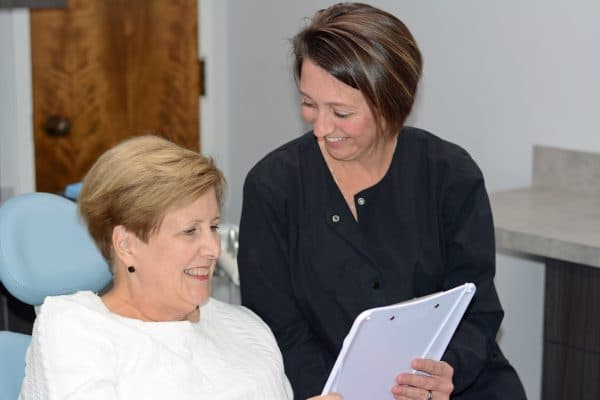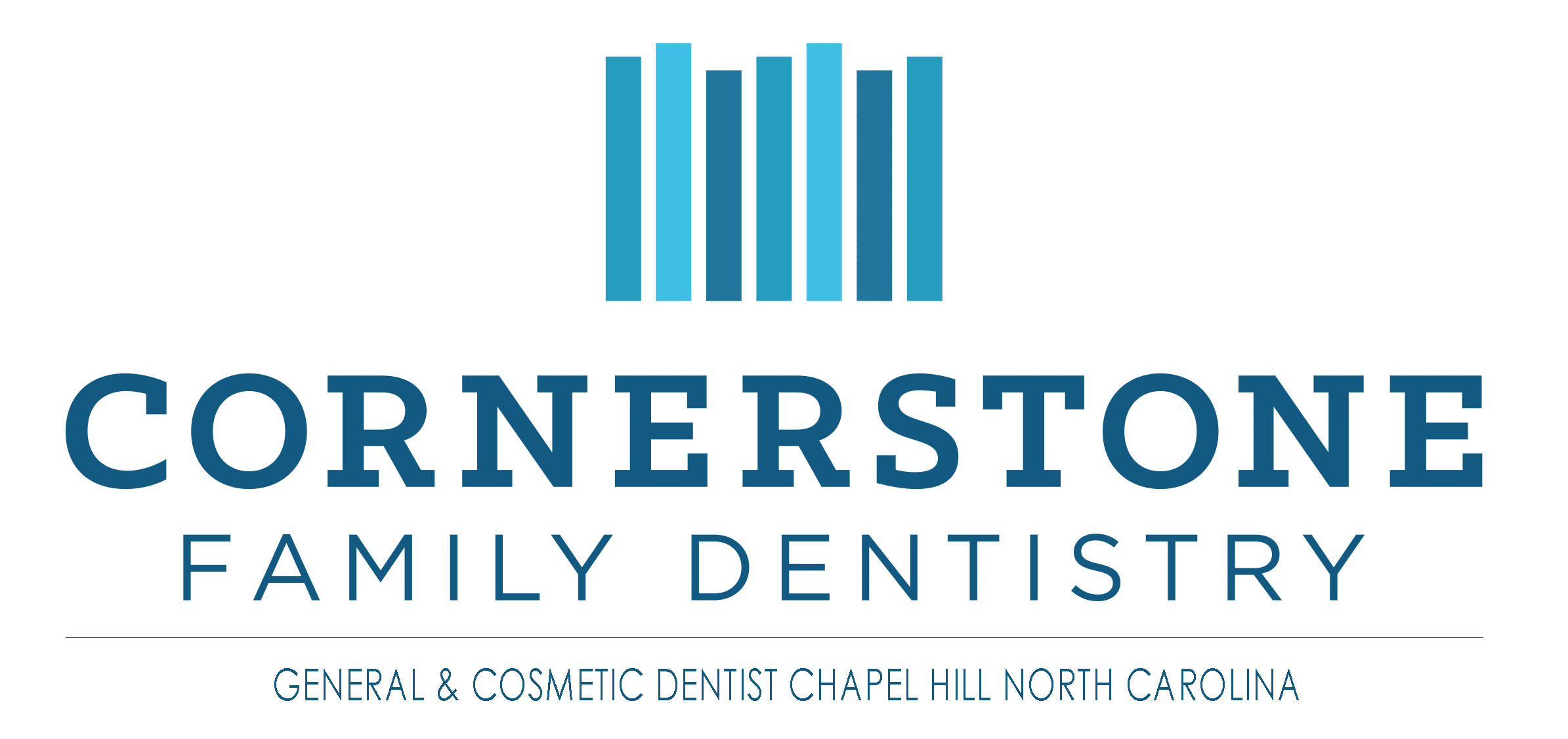Does Invisalign Hurt?
A common question patients have regarding Invisalign is if the treatment hurts. Anyone who is familiar with metal braces knows that there orthodontic treatment comes with a certain level of pain and discomfort. Invisalign, however, is known as being pain-free and far less painful compared to metal braces.
While Invisalign is often associated with less pain than metal braces, it can cause discomfort. When the teeth are being moved and the bite is being straightened, some pain in unavoidable.
Invisalign does result in some discomfort. However, it is significantly less painful compared to traditional metal braces. As with any form of orthodontic treatment, the pain is less noticeable and fades once the teeth adjust to wearing the aligners. With Invisalign, there can be a few different sources of pain. In the beginning, the soreness is associated with the aligners pressing against the teeth. The pain experienced later in the process is from wearing the aligners as they adjust your teeth and your bite.
Some of the pain from traditional metal braces comes from the brackets rubbing against the inside of the mouth and due to the placement of the wire. This is especially common during the first few weeks of treatment. The mouth will develop callouses over time to help combat the uncomfortable sensitivity, pressing, rubbing, and scratching of the metal components in your mouth. Although it is on a smaller scale, the same can be said for Invisalign aligners. While they are not sharp, the edges of the aligners can cause irritation to the gums and inside of your lips as the mouth adjusts to wearing them. The mouth will adjust to the aligners and develop the needed callouses during the first few weeks. Once it is time to switch out the first set of aligners for the next set, your mouth should be fully adjusted to wearing the plastic retainers.
Patients should not expect Invisalign to be completely painless. The goal of Invisalign is to adjust and straighten the teeth for a healthier and more attractive smile. In order to accomplish this, the aligners must place pressure on the teeth which results in soreness. This discomfort is most noticeable in the first few days of using a new set of aligners. Over time, the pain is reduced until you are ready for the next set of aligners. Most Invisalign patients do not describe the feeling as pain, but rather as discomfort. For patients who have a low pain tolerance, however, the sensation may be described as painful.
Another type of pain can be caused by the rough or sharp edges on your aligners. It is important to work with your dentist to resolve this type of discomfort. Pain which is caused by incorrect finishing on the aligners is entirely avoidable and can easily be corrected by contacting your dental professional to resolve the issue.
For some Invisalign patients, the best way to handle the discomfort is by simply tolerating the pain for the few days of using the aligners. A majority of patients only experience discomfort during the first few days of using a new set of aligners. Once the jaw and teeth have adjusted, the pain dissipates. If the pain does not go away or is a distraction, over-the-counter pain medications are a good place to start.
More on Invisalign : How Does Invisalign Work?





High-Quality Dental Care
At Cornerstone Family Dentistry in Chapel Hill, all our services are performed with the patient in mind. We want you to feel comfortable in the dental chair, confident in our work, and most importantly, we want you to fall in love with your smile again. If you would like to schedule an appointment or if you have any questions about cosmetic procedures that we offer, please contact us at (919) 595-1010.
